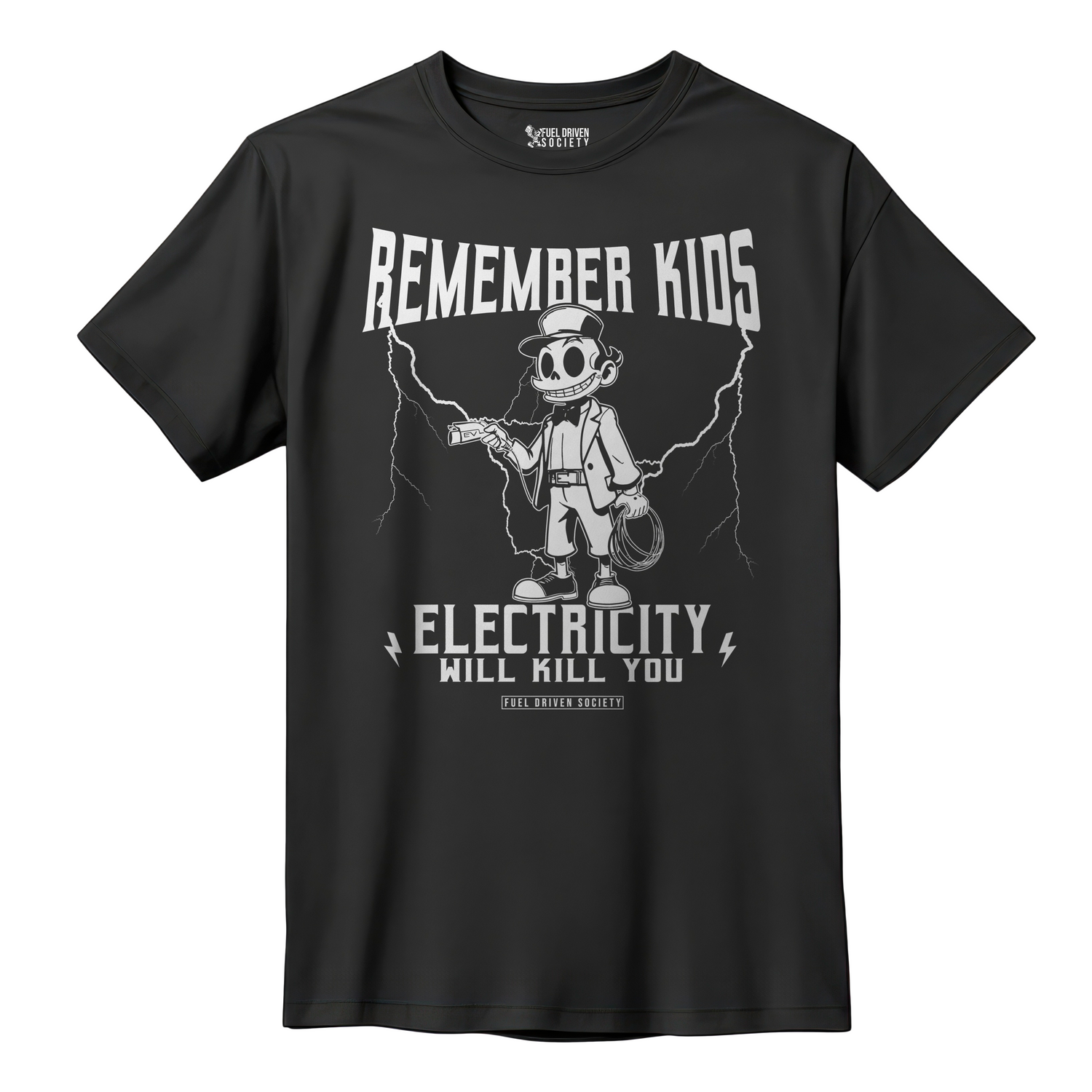The Evolution of Car Culture: From Its Roots to the Future
Car culture is more than just a love for automobiles; it’s a lifestyle, a global phenomenon, and a community built around passion, innovation, and expression. For over a century, it has shaped industries, influenced popular culture, and fostered connections among people from all walks of life. From casual hobbyists to dedicated enthusiasts, car culture bridges the gap between technology and human creativity, offering a unique way to celebrate individuality and forge lasting bonds. To understand car culture’s impact today, it’s essential to explore its origins, its current state, and the possibilities it holds for the future.
The Origins of Car Culture: When Horses Got Jealous
Car culture began in Germany and France during the late 1800s, with early developments laying the groundwork for the automobile's impact on society. In France, the establishment of the Automobile Club de France in the 1890s promoted the car industry, organized races, and brought enthusiasts together to share experiences.
 Caption: Facade of the Automobile Club de France in 1900
Caption: Facade of the Automobile Club de France in 1900
This movement was mirrored by innovations in Germany, where pioneers like Karl Benz were transforming automobiles from experimental contraptions into practical vehicles. These efforts laid the foundation for the automobile's transformation from a luxury item into a cultural phenomenon. In the United States, the mass production of vehicles like the Ford Model T in the early 20th century further accelerated this evolution, making car ownership accessible to the average citizen. This pivotal innovation marked the beginning of a deep relationship between society and automobiles. Cars quickly became more than practical tools; they were symbols of freedom, individuality, and status. The ability to travel independently and explore new places forever changed society, fostering a profound connection between people and their vehicles.
In the mid-20th century, the booming American economy meant people had more disposable income to spend on luxuries like automobiles. The post-war economic boom saw a surge in hot rods, muscle cars, and drag racing, marking the birth of subcultures that would define entire generations. This prosperity coincided with the migration to the suburbs, as families began buying homes outside of urban centers. Cars became essential for commuting to work, visiting friends and relatives, and running errands since public transportation often remained limited to city areas.

Photo by: Wade Lambert
Communities of enthusiasts began to gather at local diners, racetracks, and car shows, creating traditions that would endure for decades. Events like Route 66 cruises and grassroots drag races captured the imagination of a rapidly growing community. Customization became an art form, with enthusiasts modifying their vehicles for both performance and style. Globally, similar movements were taking shape. In Europe, motorsport captivated fans, and luxury cars became emblems of prestige. Meanwhile, Japan emerged as a hub for innovation and tuner car culture, introducing the world to the art of modifying compact cars for performance and aesthetics. Each region brought its unique flavor to the broader narrative of car culture.
Modern Day Car Culture and Today
Let’s take a moment to revisit the 2010s—a decade when autonomous cars felt like science fiction rather than an inevitable reality, and the idea of a Lamborghini SUV would have been the punchline of a joke. Car forums ruled the internet back then, serving as treasure troves of information and heated debates where enthusiasts could find answers to anything and everything. Achieving 400 horsepower from a V8 was something to brag about, and purists rolled their eyes at any whisper of electrification. Fast-forward to today, and the automotive world has undergone seismic shifts—for better or worse, depending on your perspective. This whirlwind of evolution has left many enthusiasts longing for the "good old days" of naturally aspirated engines, analog driving, and communities built on shared passion rather than algorithms.
Today, car culture is a vibrant and multifaceted world that reflects the diversity of its enthusiasts. Social media platforms have amplified its reach, enabling car lovers to share their passion, showcase builds, and connect with like-minded individuals worldwide. Platforms like Instagram and YouTube have become virtual car shows, where enthusiasts can gain inspiration, learn new techniques, and celebrate their love for automobiles in real time. Automotive events, car meets, and online communities are thriving spaces for enthusiasts to celebrate their shared interests.

Photo by: Jerry Wei
Meanwhile, the industry itself is evolving, with electric vehicles, autonomous tech, and sustainability stealing the spotlight. These shifts are sparking fresh debates about what it even means to be a car enthusiast in a world where engine noises might come from a speaker. The rise of simulators and motorsport-focused e-sports, like the IMSA Esports Global Championship, are also adding a new digital dimension to the culture, allowing a wider audience to engage with driving experiences without ever stepping behind a real wheel.
As technology advances, new opportunities for creativity are emerging. Customization has entered an exciting new era, with digital tools and 3D printing revolutionizing the way enthusiasts bring their ideas to life. Popular YouTube channels, such as B is for Build, are showcasing the power of this technology in recent projects, using 3D-printed molds to craft custom carbon fiber parts, bespoke components, or even a fully custom widebody kit for a Lamborghini Murciélago. This fusion of cutting-edge technology and traditional fabrication techniques is redefining what’s possible in automotive design.

Youtube channel - B is for Build
The Future of Car Culture
As we cruise into 2025 and beyond, the automotive landscape is transforming at breakneck speed, with electric and hybrid vehicles leading the charge. These eco-friendly rides are already inspiring new subcultures, with enthusiasts finding creative ways to customize them.
The rise of autonomous vehicles is poised to redefine what gearheads value in their rides. While the roar of a V8 might become a nostalgic memory, a new breed of car lover is emerging – one that gets their kicks from unique software-driven performance tweaks and AI-powered aesthetic design.
Virtual and augmented reality are set to revolutionize the way we experience and interact with cars. BMW's M Mixed Reality technology is just the beginning, allowing drivers to experience virtual racetracks in real vehicles. Soon, we might see global car meets where enthusiasts from Tokyo to Turin gather in a shared virtual space, showing off their latest mods and swapping tips in real-time.
Despite all the technological wizardry, the essence of car culture remains the same - a passionate community that loves machines, stories, and the occasional spectacular failure.

Photo by: Wes Tindel
Conclusion
Car culture’s journey from its humble beginnings to its dynamic present and promising future is a testament to its enduring appeal. Whether fueled by nostalgia for the good old days or by the relentless pursuit of innovation, it’s a force that brings gearheads together from every corner of the globe. Sure, the roads ahead may look different, but the shared passion for the art and experience of driving ensures that car culture will remain a cornerstone of global communities for years to come. Beyond its cultural significance, car culture represents an ongoing dialogue between tradition and progress, reminding us that the journey is just as important as the destination.

